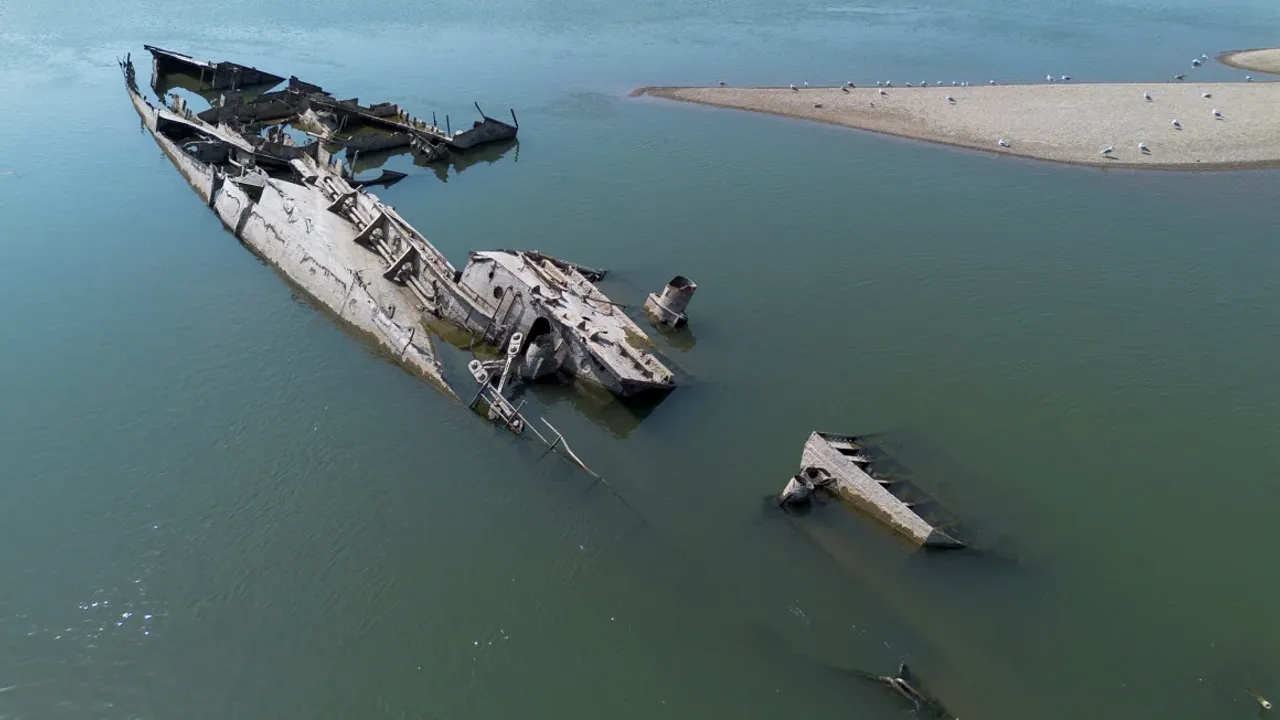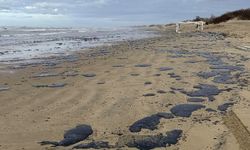Among these are Nazi vessels carrying explosives, which were scuttled by Germany’s Black Sea fleet in 1944 near Prahovo, Serbia, as they retreated from advancing Soviet forces. Additional wrecks, dating back to before 1950, have also been uncovered in Hungary’s Danube-Drava National Park near Mohacs, where the river level recently fell to just 1.5 meters (4.9 feet).
Some of the exposed wrecks still have visible components, including turrets, command bridges, and masts, while others remain partly buried under sandbanks.
According to Endre Sztellik, a guard at the Danube-Drava National Park, parts of the wrecks are disappearing, possibly due to people removing them.
A guard at the national park, said of one of the ships, “We still don’t know what this is exactly. What is visible and an unfortunate fact is that the wreck is diminishing as people are interested in it and parts of it are going missing.”
The European climate service Copernicus recently reported that the drought is severely affecting crops and vegetation across the region. Rainfall earlier this week is expected to raise the Danube’s levels to around 3 meters (9.8 feet) near Mohacs by the weekend, which could cause the shipwrecks to become submerged once again.
Similarly, the Vistula River in Poland has reached a record low, exposing sandbanks and making some sections so shallow that wildlife can cross.






